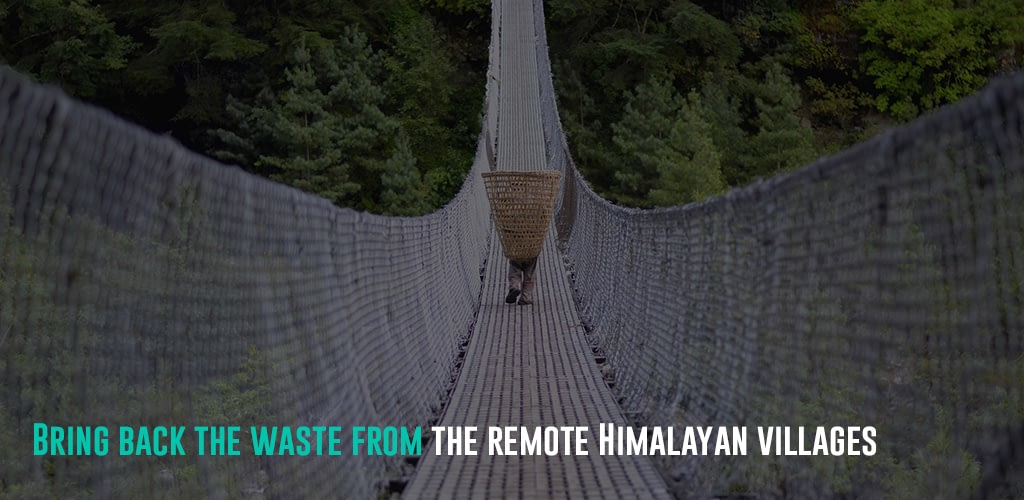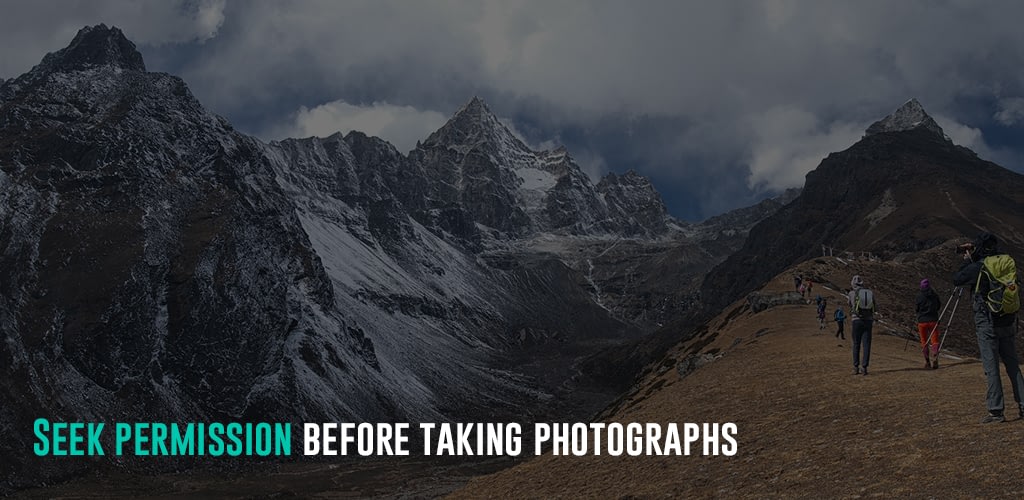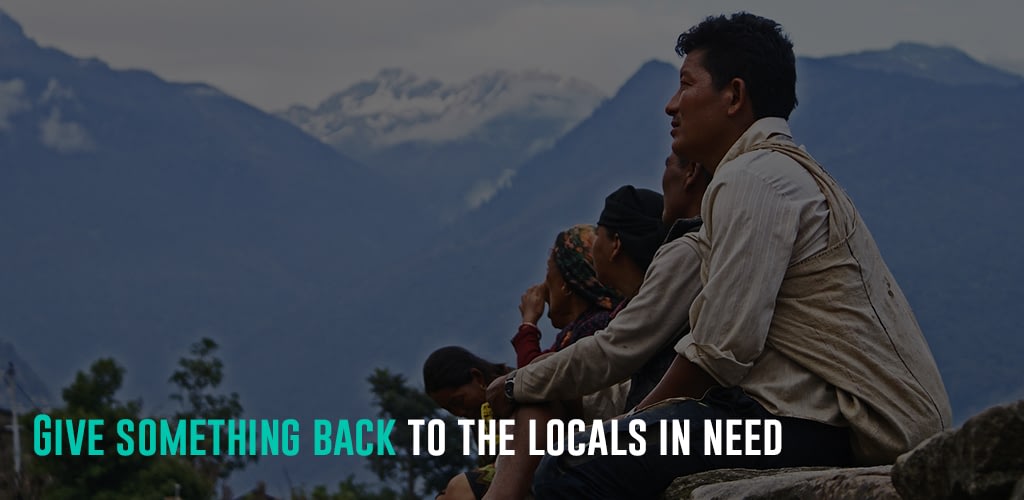The stunning beauty of the Himalayas is best experienced when you travel to the most remote villages across the mountain range. However, tourists must behave best when visiting these remote Himalayan villages. Read on to learn how to be a respectful and responsible tourist when passing through the remote ruggedness of the mighty Himalayas.
Featured Image Source
1. Lower your expectations in facilities
Across most major towns and cities of the Himalayas, you’ll find almost every modern facility – from hotels offering free Wi-Fi connections to restaurants and cafes. However, when you step out from those towns and cities and head into the villages, you’ll have to make do with the bare minimum.
Many remote Himalayan villages still don’t have a reliable phone network. The available accommodation options are likely to provide only necessities, not luxuries. So, it’s essential to lower your expectations of the facilities and amenities in the remote reaches of the Himalayas. Remember, it’s all about enjoying the incredible views and appreciating the humility and simplicity of the villagers living in the harsh conditions.
2. Dress modestly
People living in Himalayan towns and cities are more or less accepting of people who wear revealing clothes. However, the same can’t be said for the people who live in the villages – most Himalayan villagers are highly conventional. So, while they’re not likely to openly judge you for wearing something revealing, they won’t take to it kindly – that’s for sure.
For instance, the Suru Valley in the Kargil district of Ladakh in North India features a predominantly Shia Muslim population. While the people are simple, warm, and welcoming, they’re also quite traditional in their dress, especially the women. So, if you’re a woman traveling to Kargil, you should dress modestly to avoid sticking out like a sore thumb. The locals may take offense if you wear inappropriate clothing.
3. Bring back the waste from the remote Himalayan villages
Environmental activists have increasingly pointed out littering by irresponsible tourists in the high Himalayas recently. As connectivity to the mountain range’s most remote locations improves, more tourists are expected to visit. However, that doesn’t mean you should dispose of waste in the mountains. Most places across the Himalayas lack waste treatment facilities, and the waste disposed of in the open remains there, polluting the pristine environment.
So, carrying dry waste from the mountains on your way back is important. For instance, plastic packaging and glass bottles can be easily carried back and disposed of somewhere where they will be recycled. Polluting the remote Himalayan villages will only add to the climate crisis unfolding there, seeing some of the world’s biggest glaciers melting at alarming rates.
4. Seek permission before taking photographs
It’s always tempting to take out your camera and capture the stunning vistas in the Himalayas. However, it’s best to proceed with restraint when it comes to taking photographs of the locals and their religious structures. In many places in the Himalayas, the locals don’t take kindly to tourists who take photographs without their permission. This is particularly true for females.
For example, the village of Malana in Himachal Pradesh is quite strict regarding what you can and can’t capture. If the locals see you taking photographs of things you aren’t supposed to capture, they’ll slap you with a hefty fine. So, whenever you think of taking local photographs, ask for their permission and take them only if they approve.
5. Don’t disrespect local customs
Local customs differ based on the faiths practiced by the locals. For example, in Hindu-dominated areas, the customs will differ from those practiced in Buddhist or Muslim areas. Therefore, it would be best to respect local customs and traditions, no matter how absurd they seem.
Sometimes, tourists from the cities who have received Western education can seem disrespectful toward local practices. However, it would be best to remember that those practices have been going on for generations. So, instead of questioning them, you should participate respectfully.
6. Give something back to the locals in need
When you visit a remote Himalayan village, you should ensure that the money you’re investing in tourism ends up in the hands of the locals. For example, if you can either stay at a hotel or a homestay, it’s best to choose the latter.
Also, when you go for hikes or treks, hire a local who knows the routes instead of relying on an outsider. This ensures that the locals in need benefit from your travels.
Conclusion
It’s always important to research before you travel to a location and maybe even find a travel guide. Then you can be sure that when planning your next trip, you’ll know what to expect, even when visiting the most remote places.







